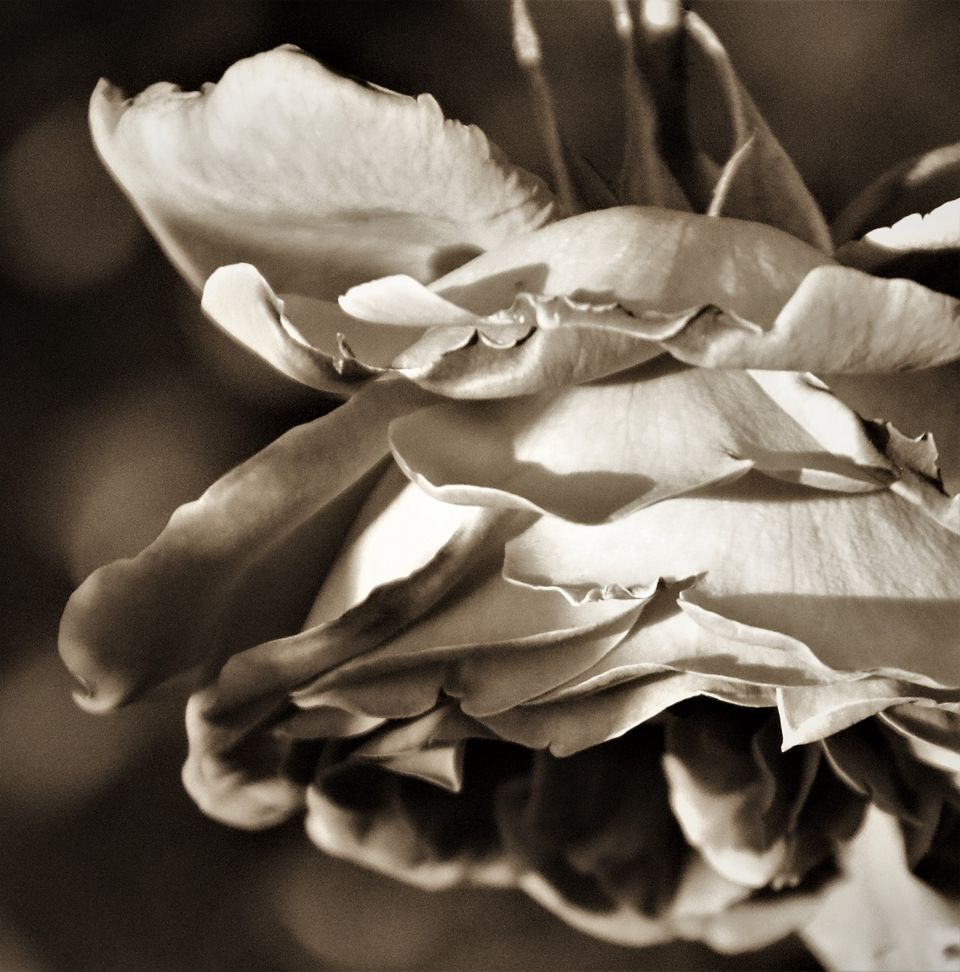Coffee at Mount Hope Cemetery

Originally Published in MORIA: The National Literary Magazine of Woodbury University, November 30, 2020
I recall visiting the grave of my parents in a distant cemetery, a bit older than Mount Hope in San Diego, California. They reside under a covering of dark green lawn with remarkable funerary art all around, trumpet-bearing angels and engraved granite, family crypts defined by their odd languages of symbol. Death grants a final chance to declare one’s beliefs, a prayer or a parting wish to stand watch for the ages. Where my parents are buried is far greener and more lush than Mount Hope, with fog and mountain shadows creating a different ambience, at once peaceful if a bit drearier. Today, however, I wander final resting places not to memorialize but simply to enjoy a tranquil interlude.
Perhaps a coffee outing seems too casual, not much of a reason to walk the rows of headstones and remark on the passing of strangers. But it’s the comfort of respectful silence that brings me here, knowing that those who visit—picnicking on the grass and overgrown grave markers—will likely be contemplative rather than loud, subdued and not boisterous. For a morning walk of peace and quiet, replete with a remarkable view to history, a cemetery is ideal.
Mount Hope dates back to 1869, and contains burial areas once reserved for Freemasons, the Grand Army of the Republic, orders of Foresters and Eagles, as well as the indigent of San Diego, a cemetery slowly expanding into an adjacent hillside, a resting place filled with a great diversity of citizens. Just reading the headstones gives one a sense of our city’s nuanced history. More than anything, I am always struck by the number of ethnicities and traditions represented here, Russian immigrants, Armenians, families from Mexico and China, African Americans, people of various ages, those vociferously memorialized with food offerings and statuary—and those nearly forgotten as grass begins to cover their names. Regardless of our differences, death comes to all. Perhaps this assurance is one reason for my walk, a reminder to pause and appreciate those who have departed. As I continue in silence, under the sparse shadow of winter trees, the morning invites me to think more deeply about the reasons for my visit. Curiosity is key.
The surroundings of the place are interesting to consider. Aided by the sturdiness of a large fence, Mount Hope holds traffic and nearby apartments at bay, offering stillness in the middle of urban momentum. And, again, the feeling of inevitability emerges, as I scan the ironwork that encloses so many graves. An air of consistency thrives here; the cemetery patiently stands watch with the seasons, hinting at our shared destination. Thinking of this, I survey mounds of dirt atop a modest hillside, just north of an older section, where those who died in the 1970s have their own little enclave. I was told that the uninhabited hill will one day contain graves, the newer residents finding themselves confronted by a noisy street, no silence for the hapless latecomers.
Still enjoying remnants of cold coffee, I cannot help but wonder about my own passing, which reminds me of why this atmosphere can feel disquieting to some people. For me, however, it’s a bit like enjoying the silence of a library. Indeed, reading headstones—what I like to consider pages of biography written in the landscape—makes the subject of personal mortality impossible to ignore. I’ve been thinking about the Neptune Society for my own arrangements. Furlongs of dark water speak so poetically about death, emphasizing the smallness of each creature. Realistically, there won’t be more than a couple of people attending my funeral, if that. So, why not have my ashes fade into the ocean with myriad other forgotten lives? I rather like that notion. Will I call today, in order to make arrangements for my own departure? Probably not. To my mind, the day is just beginning, and I have things yet to accomplish, numerous joys and adventures still to come—this, at least to my mind. The people who now surround me no doubt felt the same way, not that long ago.
Coffee at Mount Hope is something of a personal ritual, my own peaceful time, an enjoyment which also serves as a reminder; even long lives unfold and expire with remarkable speed, eventually finding themselves memorialized by granite and flower pedals, and surrounded by the ongoing noise of existence. As I look around, I wonder about those who share my habit, people who stroll cemeteries to visit the graves of strangers. Above all else, I suppose, Mount Hope is something of a substitute for my parents’ resting place.
Upon leaving, I remember the great oak tree that shelters their grave, and feel a bit of nostalgia for the mountain fog and greenery of another place, the elements of a distant idyll. In this manner, my cemetery walks unfold on two levels, at the surface as an introduction to the day, a respite from busyness and noise, but also as a reminder of my mother and father, who now reside very far away.